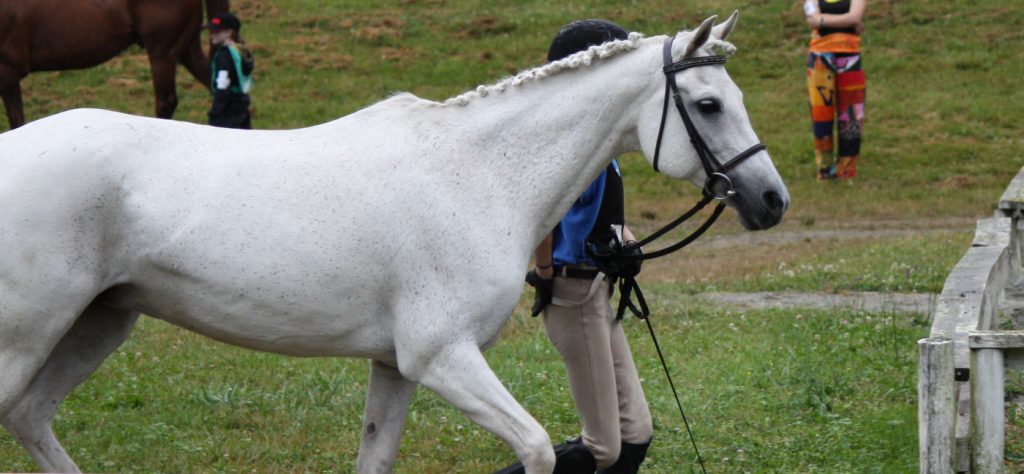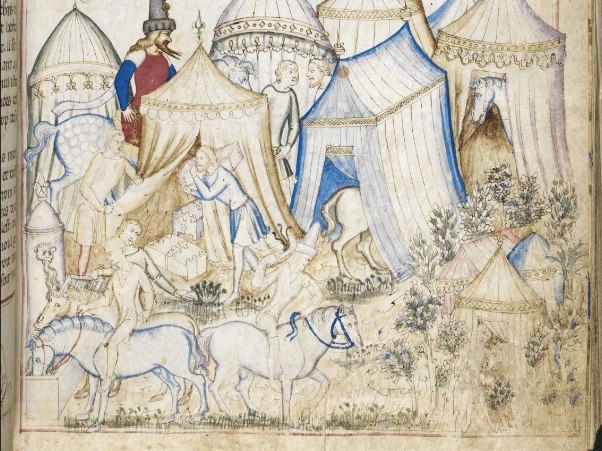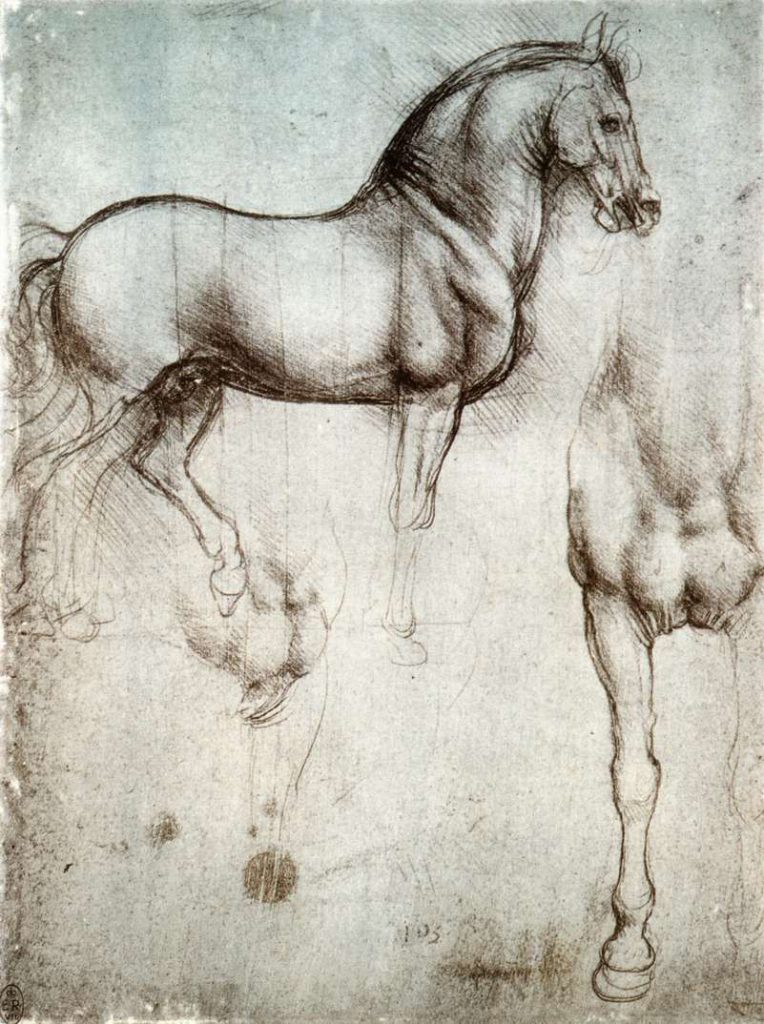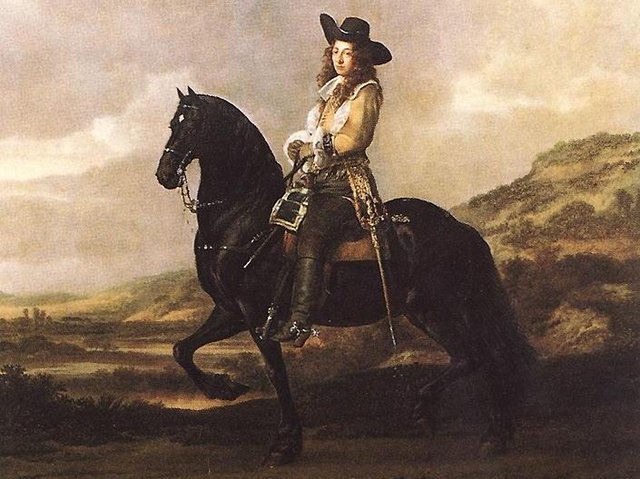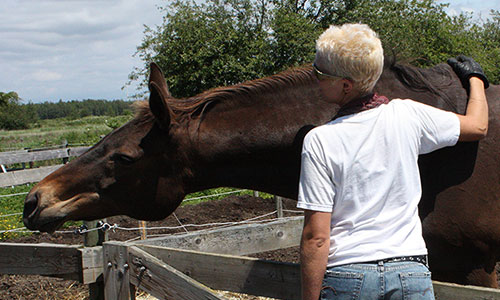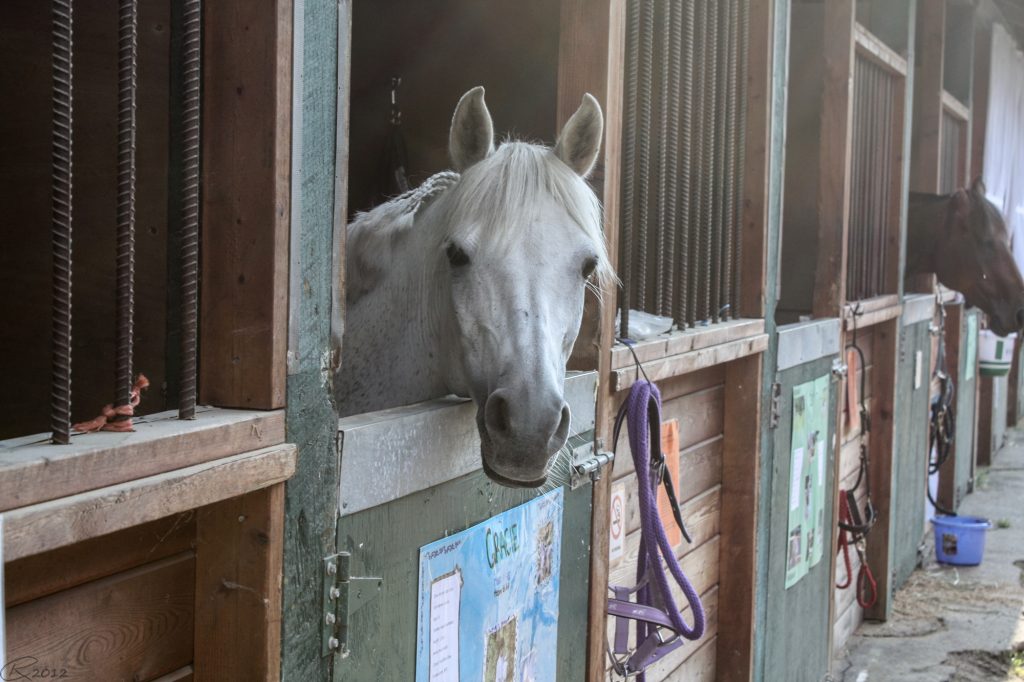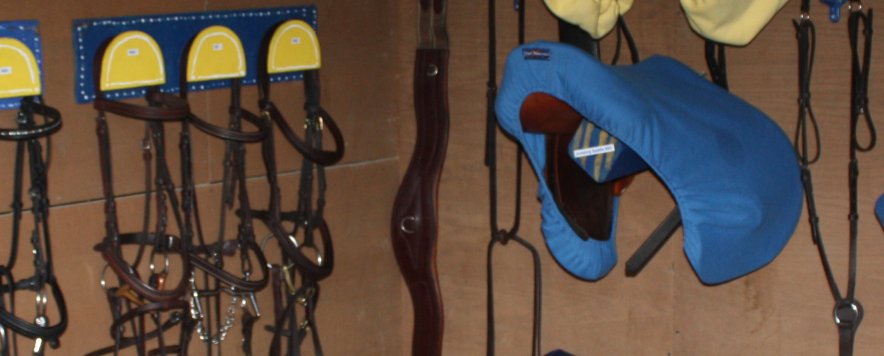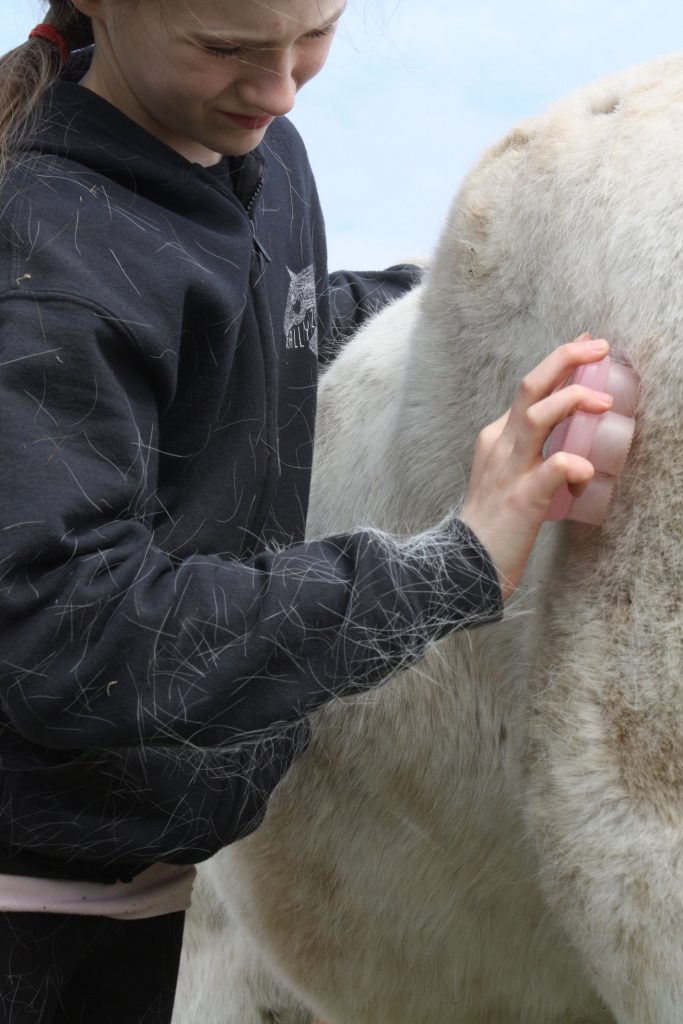Horsemanship Level 2: Leading at the Trot At level 1 we asked that you demonstrate how to safely lead your horse for the simple purpose of moving him about from stall, to cross-ties, to arena. You can review this here. For level 2 you will also need to demonstrate leading at the trot. 4. Lead…
